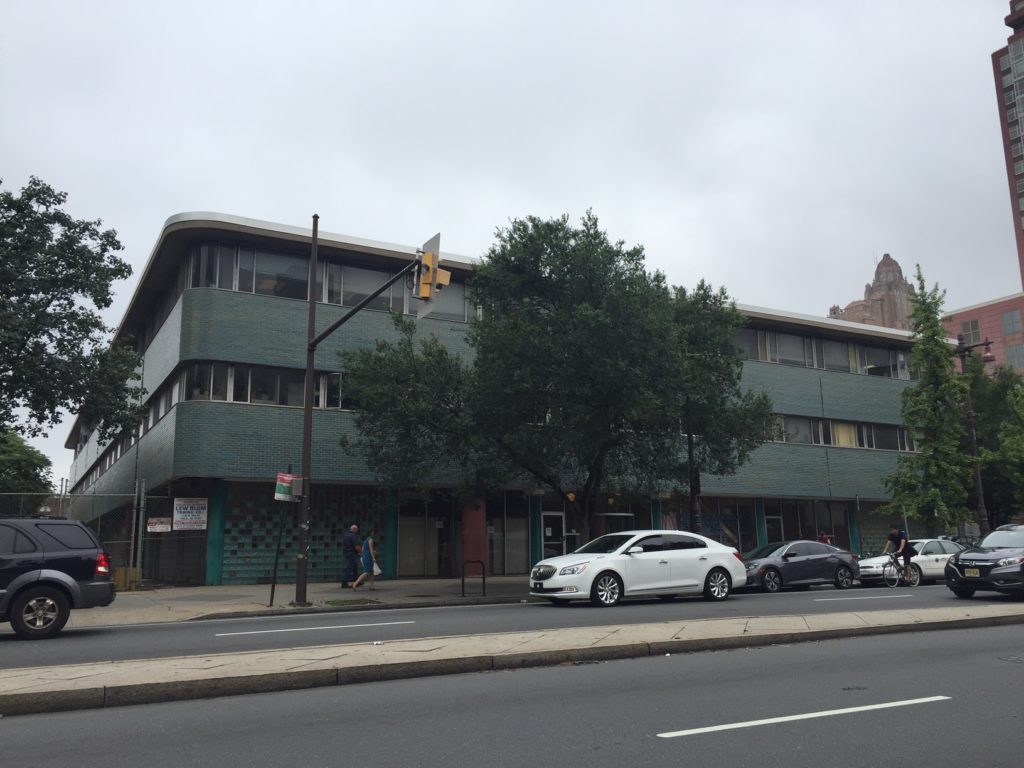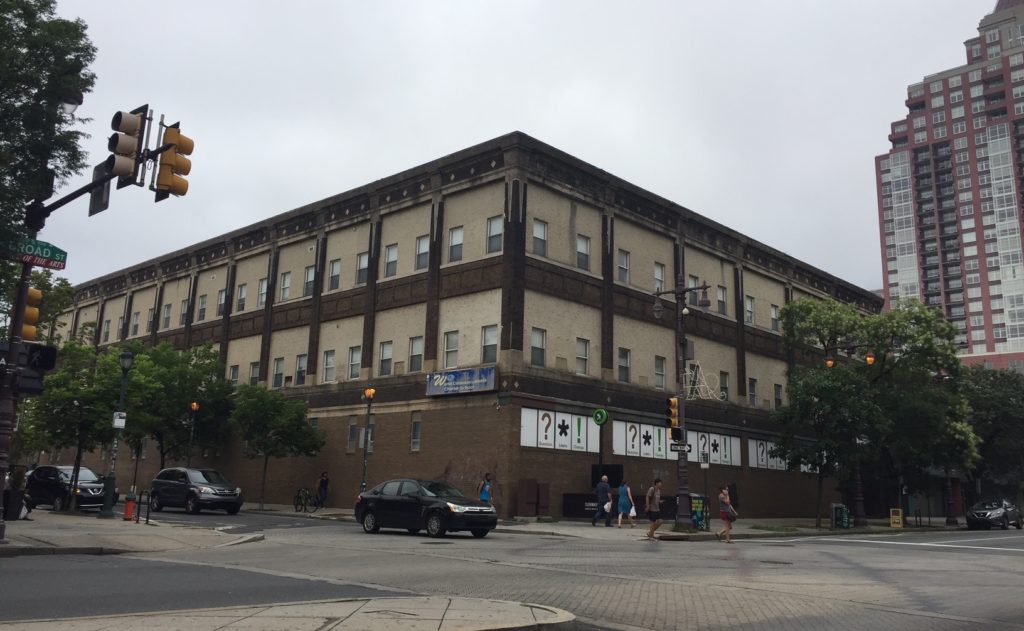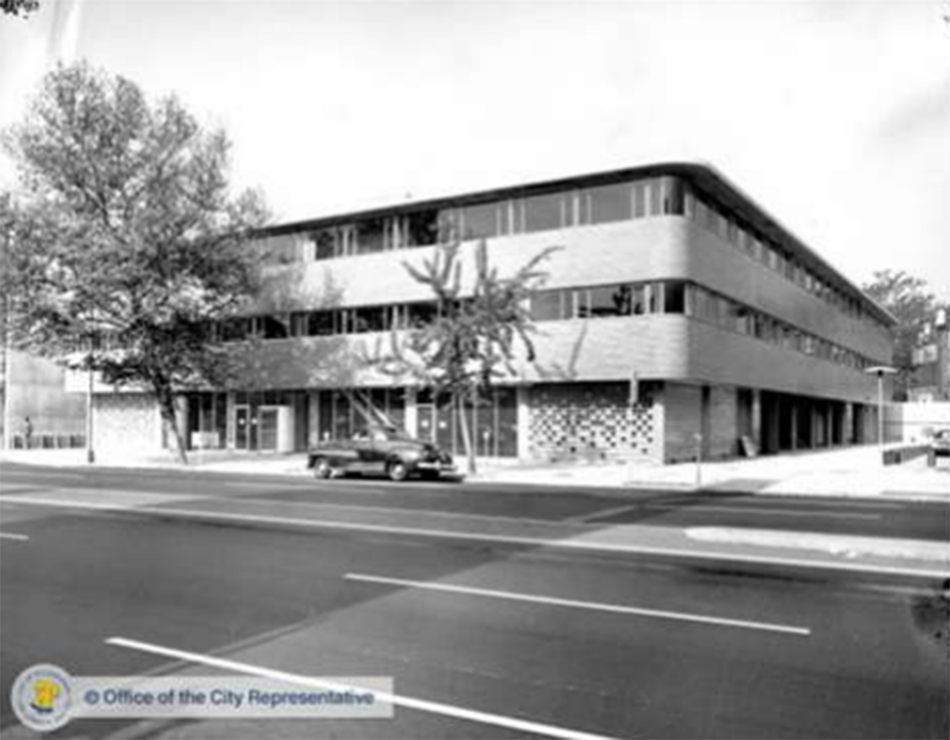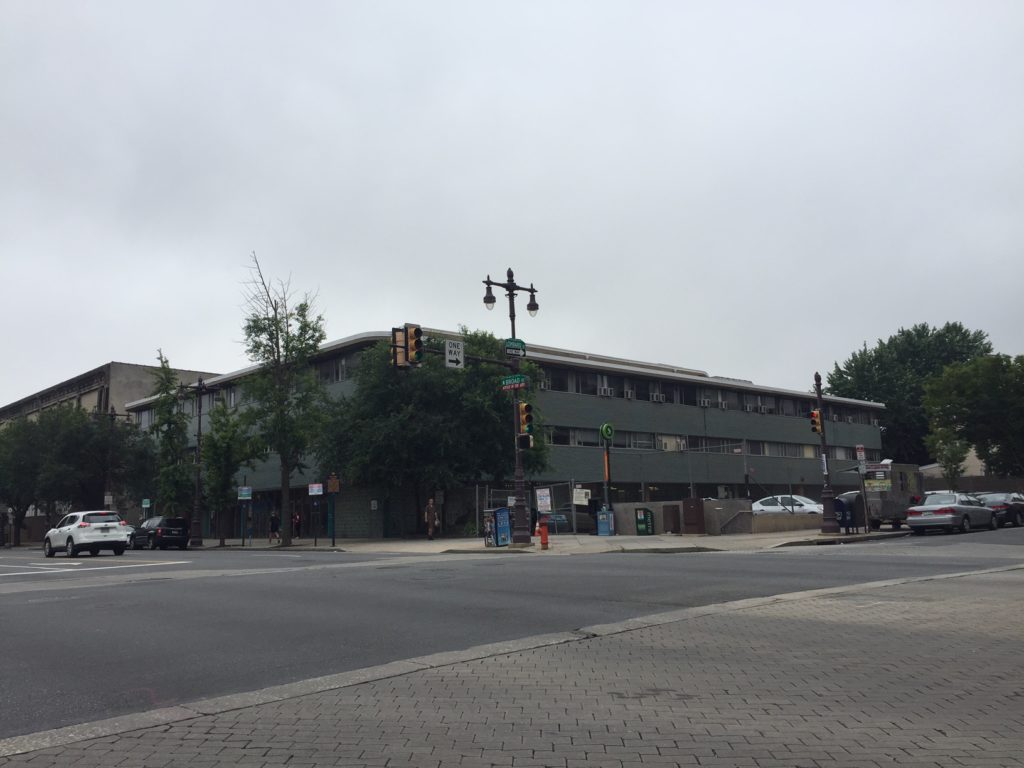On July 14th, we told you that the City was preparing to sell Health Center No. 1 at Broad & Lombard, through an RFP process. This was exciting news, as the property covers roughly 40K sqft of very prime real estate with a favorable zoning designation. Further, the Goldenberg Group owns the former World Communications Charter School immediately to the south, creating an opportunity for one developer to unlock a 70K sqft parcel on Avenue of the Arts. We always fancied the health center building (and the WCC building, for that matter), but resigned ourselves to the likelihood that both would probably be demolished in favor of a much taller structure.


On July 18th, four days after our post that Health Center No. 1 would be sold, the Preservation Alliance submitted an application to designate Health Center No. 1 as historic. The application details the ways in which the Mid-century Modern building should be considered historic, including its “bold but clean geometry, articulated by horizontal lines and modular materials with eye catching color and texture,” and its “iconic space-age appearance.” It also goes through a lengthy history of the creation of district health centers around town during the 1950s, stating that the “endeavor to decentralize Philadelphia’s public health system came to culmination with the opening of District Health Center 1 at Broad and Lombard Streets in Center City in 1960.”

There’s no question that Health Center No. 1 is a unique example of an architectural style, and we won’t try to debate its place in the history of Philadelphia’s public health system. We aren’t architects or historians, so we’re probably not qualified to make the determination of whether this building should be considered historic or not- we always just liked the curved bricks. We are in the real estate business though, and we can say with utter confidence that the designation of the building would be financially catastrophic for any redevelopment effort.
To be clear, the preservation of this building doesn’t preclude redeveloping the property, it just makes it infinitely more complicated. The building only occupies about two-thirds of the property, with a parking area at the corner of Broad & Lombard. Maintaining the building would likely preclude developing that space, effectively bringing the value of that section of the property down to zero. Separately, a developer could maintain the existing facade and build a tower above the health center, but that effort would be incredibly meticulous and hilariously expensive. This would similarly depress offer prices from potential developers.

To put a fine point on it, the addition of Health Center No. 1 to the historic register would preserve the building, but it would come with considerable financial cost to the City. We aren’t sure what developers would be willing to pay for the building without the encumbrance of historical designation, but we can assure you that they’d be willing to pay millions of dollars less if it’s added to the register. The result of this process will be that the owner of the property, the City of Philadelphia, will end up having to accept a much lower price than expected if the building is added to the register. Will the City fight the nomination in an effort to get top dollar for its property? Or will it embrace the building’s historic character and accept a dramatically lower sale price than was planned? Who makes these decisions, anyway?
This brings us back to a point we’ve made before, that Philadelphia needs to dramatically alter the way it approaches historic preservation. Over the last several years, we’ve seen countless reactive applications made to add buildings to the historic register after they’re listed for sale. Assuming Health Center No. 1 is added to the historic register, it will be very unfortunate for the City to lose out on millions of dollars in revenue, but it will survive. In other cases, we’ve seen church congregations attempt to sell their buildings in order to relocate, only to see their expected sales price get slashed by 50-90% after an unexpected historic nomination. It just doesn’t seem fair. Does anyone have any ideas about how we can we hold onto our architectural heritage while not doing harm to the organizations or institutions trying to sell buildings they can no longer use? Asking for a friend.

Leave a Reply